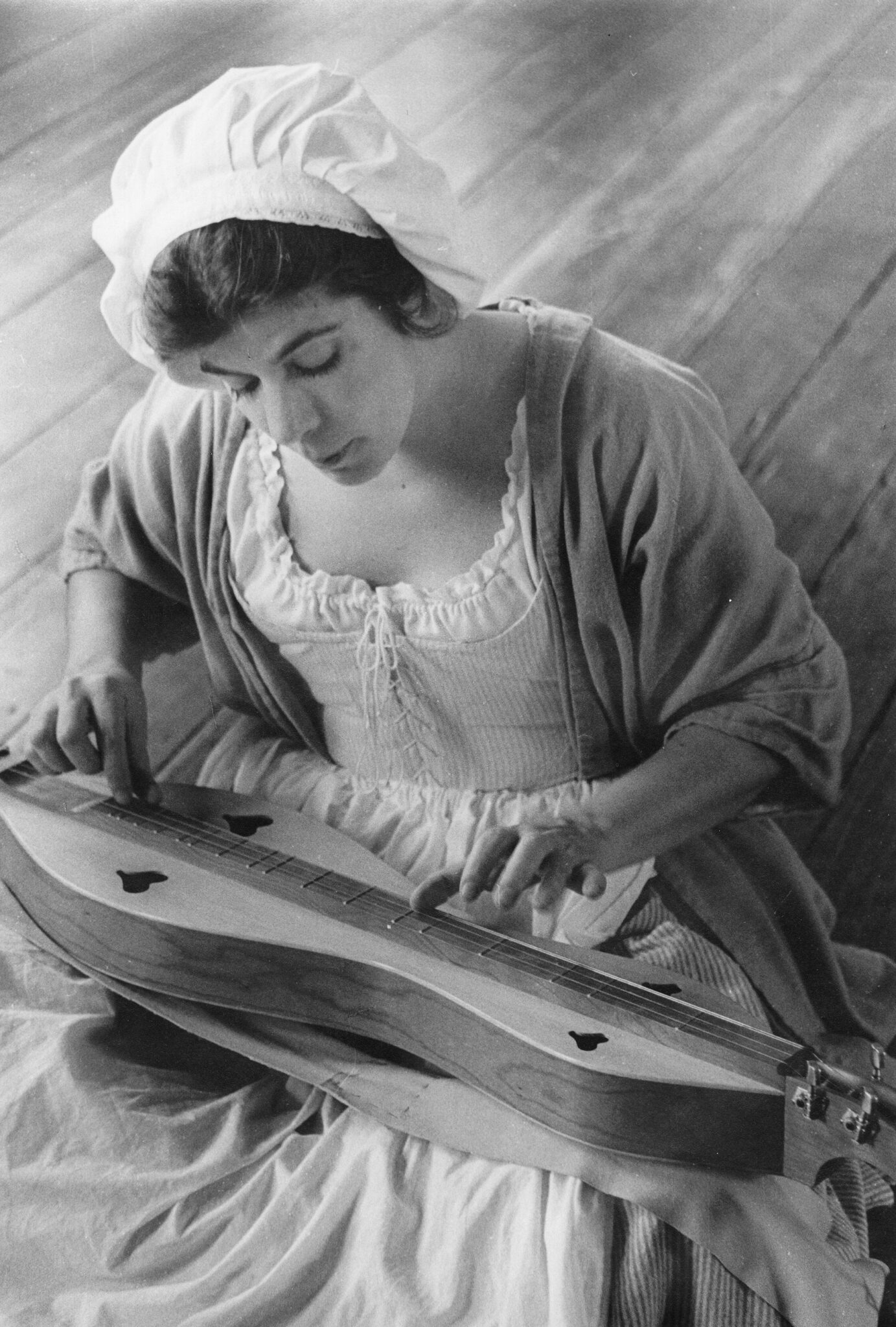Memories and Musings On Witnessing Music

Alexandria, VA- What does music have to do with worship? Choirs and hymns jump to mind. But more than that, I see an affinity between the fervor of people caught in the spirit of worship and the passion of people caught in the spirit of creating music.
I see the relationship between the artist-musician and their instrument as sacred, almost like mother and child. There is an at-oneness between the artist and the instrument in the way the instrument is held, sometimes close to the face, sometimes close to the heart, that is like embracing a beloved.
I muse on the instrument’s vibrations resonating in the musicians’ bones. I don’t play an instrument. The closest I have come to experiencing this feeling is when, as a photographer, I listened to classical music while developing prints in the darkroom. I envisioned my body as an instrument and a bow playing on my spine!
I find instruments themselves beautiful to look at, especially stringed instruments.
I have no knowledge of music. Absolutely none. While I enjoy hearing music, I especially enjoy seeing musicians make music. Though I’ve been told the music sounds better toward the back of an auditorium, I sit up front at concerts so I can see the musicians as well as hear them.
Because of my total ignorance of all things music, I searched not only online but consulted two humans – Maestro Ul James1, director emeritus of the Washington Metropolitan Philharmonic (WMPA), and my second cousin, Von Cello (www.voncello.com) 2 AKA Aaron Minsky, a rock cellist and cello composer.
I had some top-of-the-head questions.
According to Microsoft Bing, “the first stringed instruments were probably made of animal gut or plant fibers around 4000 BC.” It sounded to me like that was saying, improbably, that the whole instrument was made of animal gut or plant fibers. (I wonder too how those long-ago folks thought to use animal gut for strings, but that would require a study of anthropology.)
My cousin Von Cello wrote, “Strings were still made by animal gut until modern times…I would guess until somewhere in the mid-1900s. When I was in junior high school, the cellos still had gut strings! I never heard of instruments made of gut, only drums made of skins.”
(It would seem that one should be careful when interpreting what one reads online.)
I find musical instructions, the words themselves, beautiful, even though they are foreign to me, maybe because they are foreign to me – allegro, allegretto, andante, adagio, concerto. I wondered if they were always in Italian.
Von Cello wrote, “The Italians were the first to write music in its current form so the terms they used got passed down until today. Some German composers started using German and English, and American composers started using English. Sometimes you find a combination….”

I returned to Bing to search for the best woods for stringed instruments. They listed walnut because it is durable and has an appealing look; ziricote, a dark-colored wood that can be used as an alternative to ebony; spruce for guitar tops and violin soundboards because of its excellent resonance; rosewood for fingerboards and bridges because of its rich tone; maple for guitar necks and violin backs for the bright tones it produces; and mahogany for guitar bodies and ukuleles because of its warm and balanced sound.
Maestro James noted that not only is the selection of the type of wood used for music wood or “tonewood” important, also important is where it is grown and how it is aged. Even the varnish is important.
James introduced me to the word purfling, a narrow decorative edge inlaid into the top plate and often the back plate of a stringed instrument, which may affect the instrument’s acoustics.
Both James and I saw in the often-closed eyes of musician-artists while performing the want to eliminate outside information (outside noise, one could say) and, in that way, to be more fully immersed in experiencing the music.
One of the things I most loved about being a photographer was that not only my eyes but my whole self was open, alive, to what I witnessed. In the same way, my eyes and my whole self are open, alive, when I witness music.
Mosaic Artist-Photographer Nina Tisara is the founder of Living Legends of Alexandria.
1Maestro Ul James was recognized as a Living Legend of Alexandria in 2016.
2 Von Cello is the main website of Aaron Minsky, pioneer rock cellist and creator of his innovative guitar-based cello style (“celtar”) .
A Note from Nina Tisara

Memories and Musings – A Memoir, was just published with the hope that when I no longer walk this earth, or no longer remember, my children and others who care, will know who I was.
The book chronicles growing up in Brooklyn, NY, through raising a family, to becoming a photographer and then a mosaic artist.
Thanks to the vision and encouragement of Mary Wadland, publisher of The Zebra newspaper, the stories were previously published in a monthly column. Now, with the extraordinary help of artist-illustrator-educator (and treasured friend) Sharmila Karamchandani, the columns have been assembled in a book available through Amazon.com.
ICYMI: On Wishbones and Thanksgiving Memories



